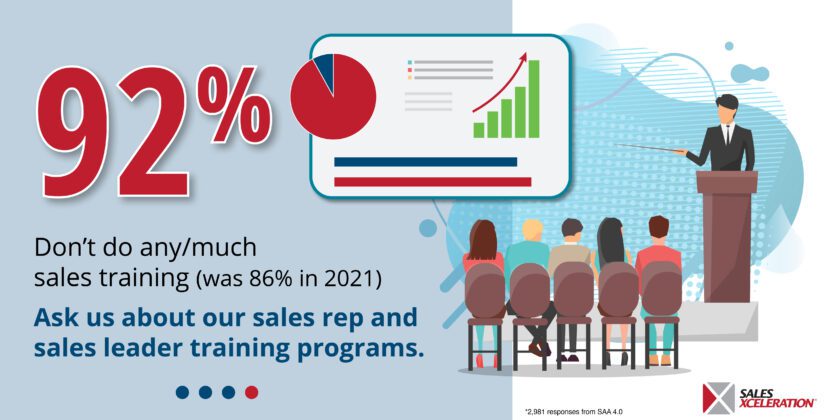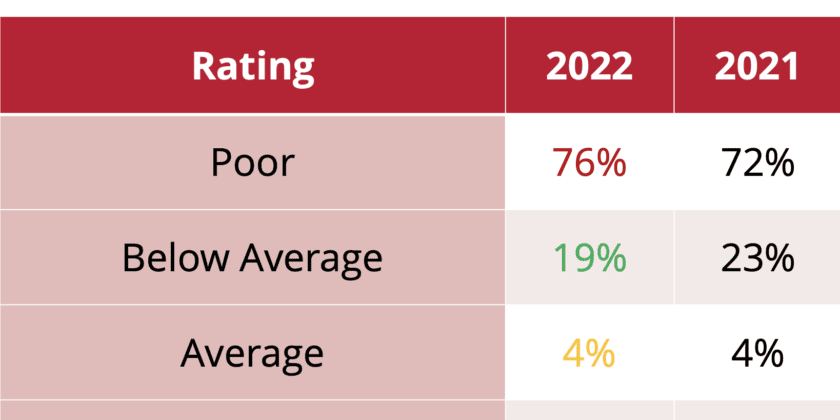In today’s highly competitive business environment, sales leaders play a crucial role in the success of their organizations. They are responsible for setting sales targets, creating effective sales strategies, and motivating their teams to achieve their goals. However, being an effective sales leader requires more than just setting targets and motivating your team. This article will explore the five best practices of effective sales leaders.
1. Set clear and achievable goals.
One of the primary responsibilities of a sales leader is to set clear and achievable goals for their team. Setting goals is critical to keeping your team focused and motivated. With clear goals, your team will know what they are working towards and may be able to achieve the results you expect.
When setting goals, it’s essential to make them SMART – specific, measurable, achievable, relevant, and time-bound.
- Specific goals are clear and well-defined.
- Measurable goals allow you to track progress and determine success.
- Achievable goals are realistic and within reach.
- Relevant goals align with your organization’s overall objectives.
- Time-bound goals have a deadline or timeframe for completion.
Setting SMART goals gives your team a clear direction and purpose. This guidance helps them focus their efforts on the activities that will help them achieve their objectives.
2. Develop a sales strategy.
Once you have set your sales goals, the next step is to develop a sales strategy. A sales strategy outlines your team’s approach to achieving its goals. It includes the tactics and activities that your team will use to reach its targets.
Your sales strategy should be based on deeply understanding your market, customers, and competitors. It should also take into account your organization’s strengths and weaknesses. A good sales strategy is flexible and adaptable. It allows your team to adjust its approach based on the market or changes in customer needs.
When developing your sales strategy, it’s essential to involve your team. Your sales team has firsthand knowledge of your customers and their challenges. You can tap into their expertise by involving your team in the strategy development process and gain buy-in for the approach.
3. Provide ongoing training and coaching.
Sales is a dynamic and constantly evolving field. To be successful, your sales team needs ongoing training and coaching. Ongoing training helps your team stay up-to-date with the latest industry trends and best practices. It also helps them develop new skills and techniques that can help them close more deals.
Coaching is equally essential. Sales coaching helps your team identify areas for improvement and develop strategies to overcome challenges. It also gives your team feedback and support, helping them stay motivated and focused.
You must understand your team’s strengths and weaknesses to provide effective training and coaching. This requires regular communication and feedback. Regular one-on-one meetings with your team members can help you identify areas for improvement and develop tailored coaching plans.
4. Foster a positive team culture.
Sales can be a high-pressure and stressful environment. To be successful, your team needs to work well together and support each other. This requires a positive team culture.
A positive team culture is built on trust, respect, and collaboration. It’s a culture where team members feel valued and appreciated. It’s also a culture where team members feel comfortable sharing their ideas and opinions.
As a sales leader, you are critical in fostering a positive team culture. You need to lead by example and model the behaviors you want to see in your team. You also need to encourage open communication and provide opportunities for team members to collaborate and work together.
5. Use data to drive decisions.
Finally, effective sales leaders use data to drive their decisions. Data provides insights into your team’s performance and helps you identify areas for improvement. It also lets you track progress toward your goals and make informed decisions about your sales strategy.
To use data effectively, you need the right tools and systems. This includes a robust CRM system that captures and tracks critical sales metrics such as leads, opportunities, and pipeline value. It also provides analytics tools to help you analyze your data and gain insights into your team’s performance.
Data can also be used to optimize your sales process. By analyzing your sales data, you can identify bottlenecks and areas where your team struggles. This allows you to develop targeted interventions to improve performance.
Effective sales leaders use data to continuously improve their sales process and drive results. They are always looking for ways to optimize their approach and stay ahead of the competition.
Being an effective sales leader requires a combination of skills and practices. It requires setting clear and achievable goals, developing a sales strategy, providing ongoing training and coaching, fostering a positive team culture, and using data to drive decisions. By following these best practices, sales leaders can motivate their teams and drive results. They can also create a culture of continuous improvement that allows their organization to stay ahead of the competition.







